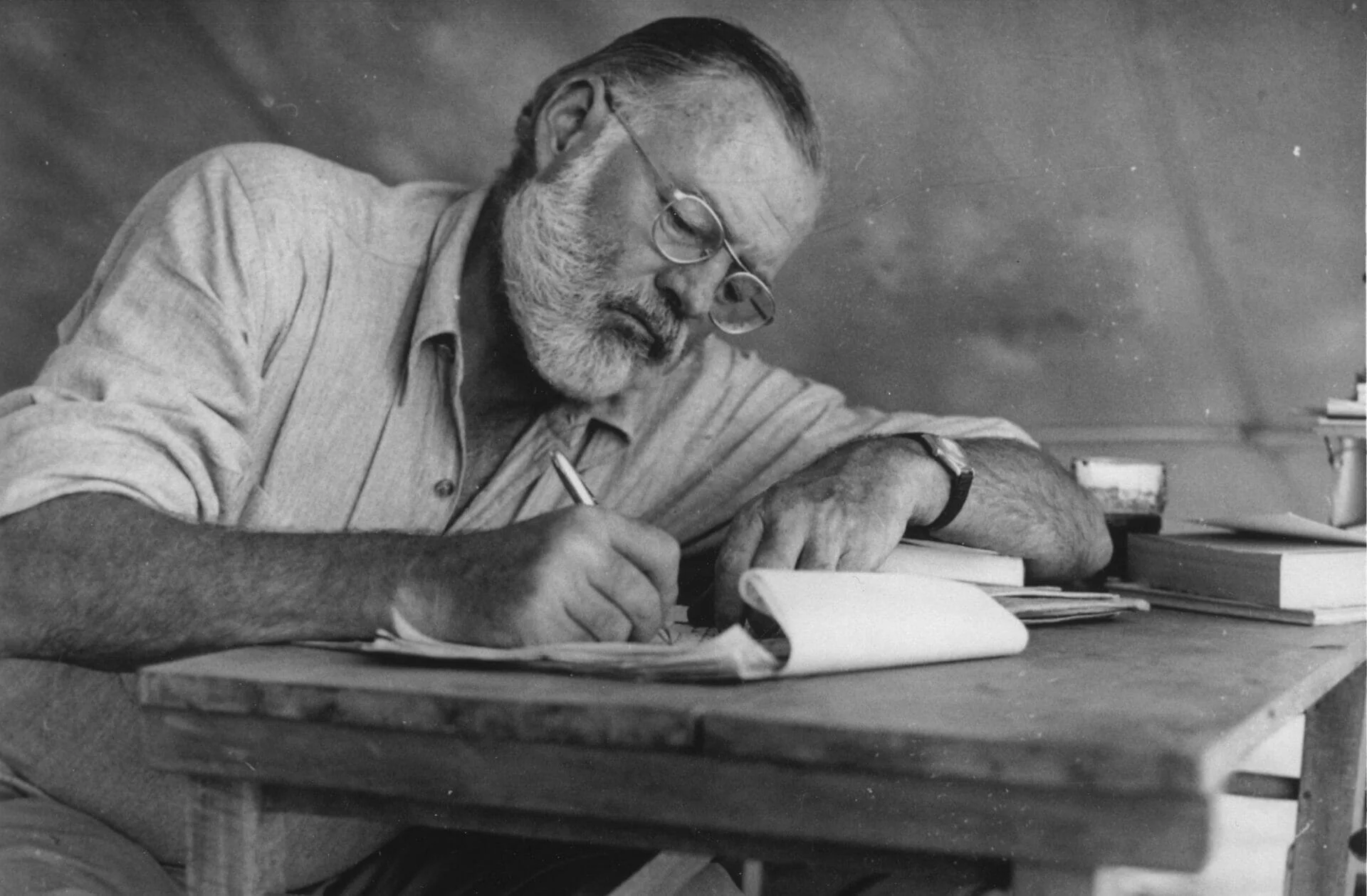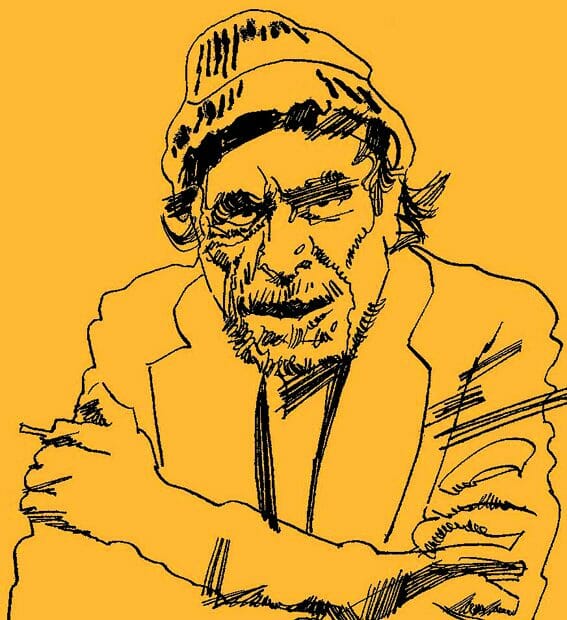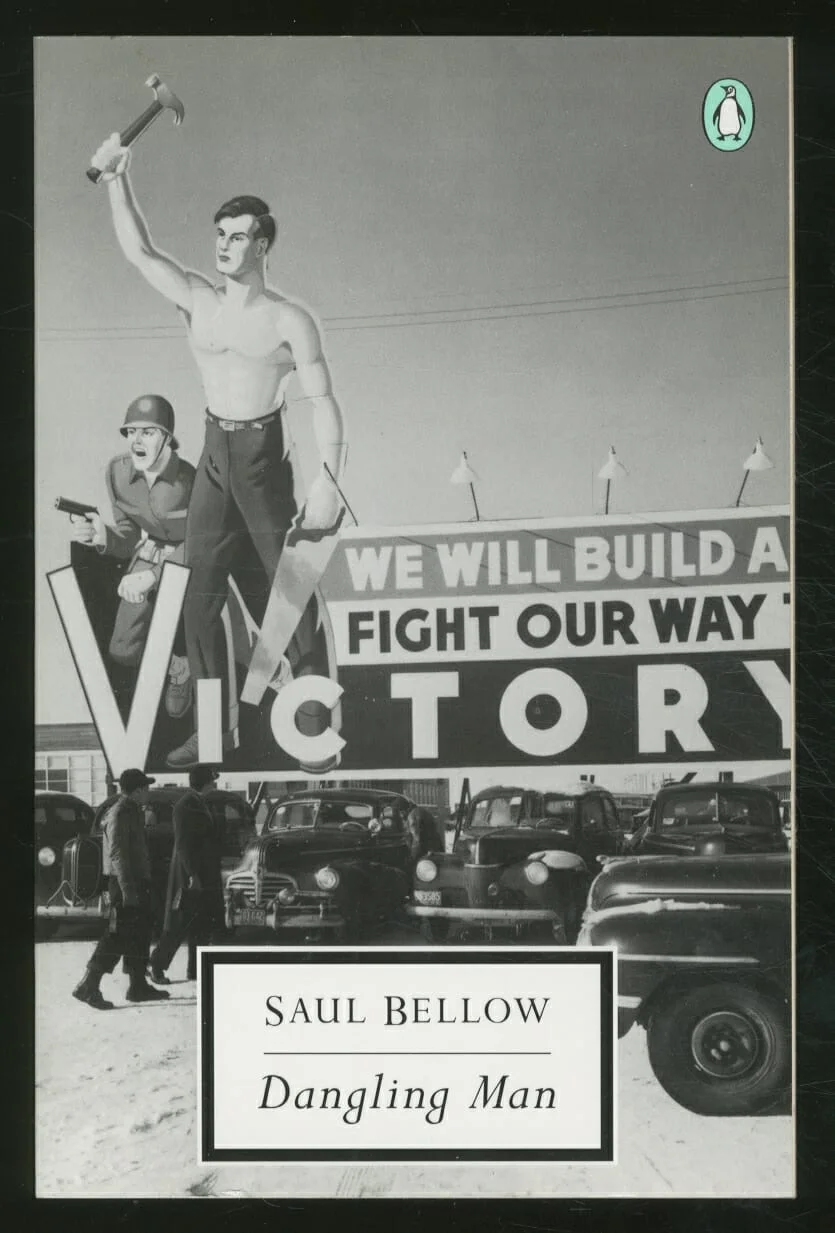
The Fifth Column and the First Forty-Nine Stories
Author
Year
Format
Length
Original language
Genre
In 1967 The Russian-American novelist Vladimir Nabokov, known for his particularly sharp judgments of other writers, said about The Forty-Nine Stories‘ author Ernest Hemingway: “As to Hemingway, I read him for the first time in the early 40s, something about bells, balls, and bulls, and loathed it”. He was probably talking about Fiesta, but it’s also true that Nabokov’s joke mocks some of the main themes found in Hemingway’s corpus.
Living life at its full
Indeed, The Forty-Nine Stories embody most of Hemingway’s prominent themes: the conflict between man and nature, solitude, incommunicability, virile effort, and an almost mythic exaltation of bravery. And above all, a sense of death dripping into the silences and cracks of human life.
And not even Nabokov was immune to the charm of Hemingway’s style: brisk and rhythmic, his sentences brief and substantial. Every page has a pattern of repetitions, which the author intentionally creates. Thus, critics often consider him a precursor of minimalism, associating him with writers like Raymond Carver or even Bret Easton Ellis. But the vitality, the adventures, and the frenzy of a life spent all over the world permeate Hemingway’s writing and stories, and it’s impossible not to hear an echo of the writer’s own experiences. Hemingway – like another American writer, Jack London, almost 40 years earlier – was a man who loved, lived, and wrote with such intensity that writing consumed him.
Everything in five pages
His writing – dry, never excessive, but at the same time evocative and iridescent – fits well with the short story’s format. In fact, the collection of The Fifth Column and the First Forty-Nine Stories contains some gems, like the first, The Short Happy Life of Francis Macomber (the story of a man that becomes great while facing death), or Indian Camp (birth, death, survival, and powerlessness all narrate in less than five pages).
Tag
Buy a ☕ for Hypercritic







